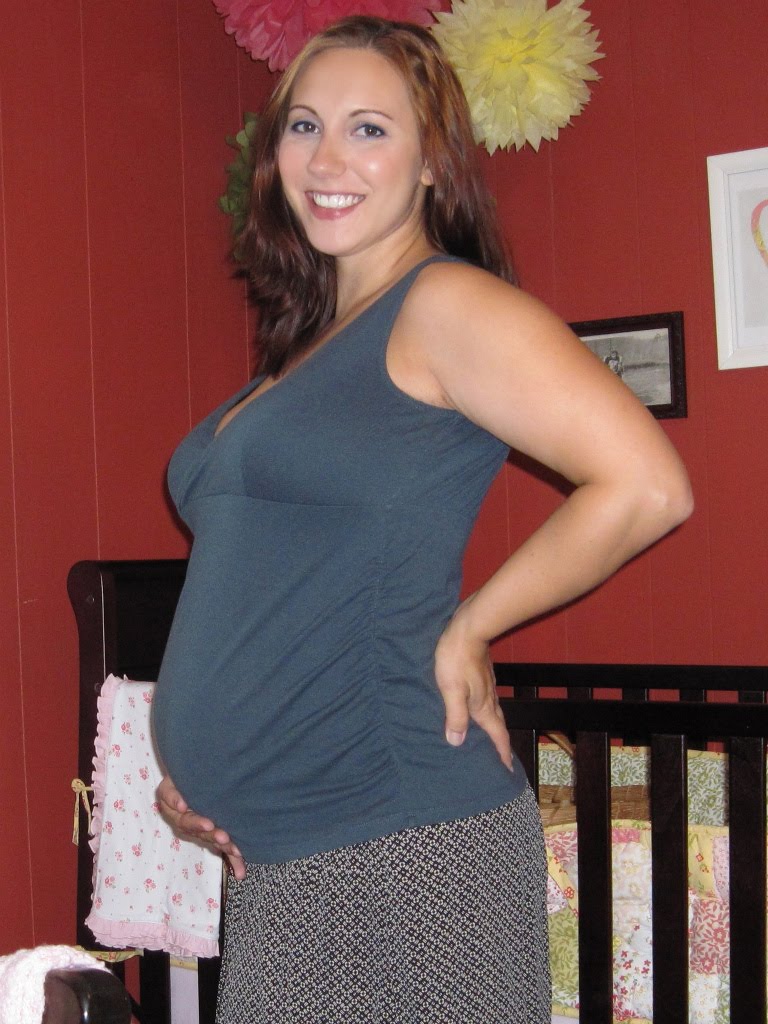
Table of Contents
Entering The Final Stretch
Congratulations! If you’re at 35 weeks of pregnancy, you’re almost there! You’re in the final stretch before you can finally hold your baby in your arms. However, there’s still a lot of development happening inside your womb. In this article, we’ll take a closer look at baby development at 35 weeks in the womb.
At 35 weeks, your baby is now about the size of a honeydew melon, weighing in at around 5.5 pounds and measuring about 18 inches from head to toe. Your baby’s skin is also becoming more plump and less wrinkled as they gain more and more fat. This fat will serve as insulation to regulate their body temperature once they’re born.
Your Baby’s Senses
Your baby’s senses are becoming more and more refined as they continue to develop in your womb. At 35 weeks, your baby’s brain and nervous system are almost fully formed, which means they can now process information from their senses. They can hear your voice, recognize your scent, and even taste the food you’re eating through the amniotic fluid.
Your baby’s eyes are also fully formed at this point, although their eyesight is still developing. They can open and close their eyes and even track light that shines through your belly, but they can’t see much detail yet since their brain is still learning how to interpret visual information.
Baby’s Movement
By 35 weeks, your baby is running out of room in your womb, which means you’ll start to feel fewer kicks and jabs. However, your baby is still very active and moving around a lot. They may stretch, yawn, and hiccup, which you may feel as small twitches or flutters in your belly.
Preparing For Birth
At 35 weeks, your baby’s organs are almost fully developed and functional, which means they can survive outside the womb if they’re born prematurely. However, it’s still best to let your baby stay in your womb for as long as possible to give them the best chance of a healthy start to life.
Your body is also getting ready for the birth. You may experience more Braxton Hicks contractions, which are practice contractions that help your uterus prepare for labor. Your cervix may also start to dilate and efface, which means it’s getting thinner and softer in preparation for your baby’s journey through the birth canal.
Conclusion
In summary, at 35 weeks, your baby is almost fully developed and is now just putting on the finishing touches before they’re ready to make their grand entrance into the world. Your baby is becoming more aware of their surroundings and is preparing for life outside the womb. Meanwhile, your body is also getting ready for birth, so be sure to take care of yourself and your growing baby during these final weeks of pregnancy.
Frequently Asked Questions
- What is the average weight of a baby at 35 weeks?
- What does a baby look like at 35 weeks?
- Is it safe to have a baby at 35 weeks?
- What are the signs of labor at 35 weeks?
- How can I prepare for my baby’s arrival at 35 weeks?
The average weight of a baby at 35 weeks is about 5.5 pounds. At this stage, a baby looks like a plump, wrinkled version of what they’ll look like at birth. While it’s usually safe to have a baby at 35 weeks, it’s still best to let your baby stay in the womb for as long as possible to give them the best chance of a healthy start to life. Signs of labor at 35 weeks may include contractions, vaginal discharge, and pelvic pressure. To prepare for your baby’s arrival, make sure you have everything you need for the first few weeks, including diapers, clothes, and a safe place for your baby to sleep.
